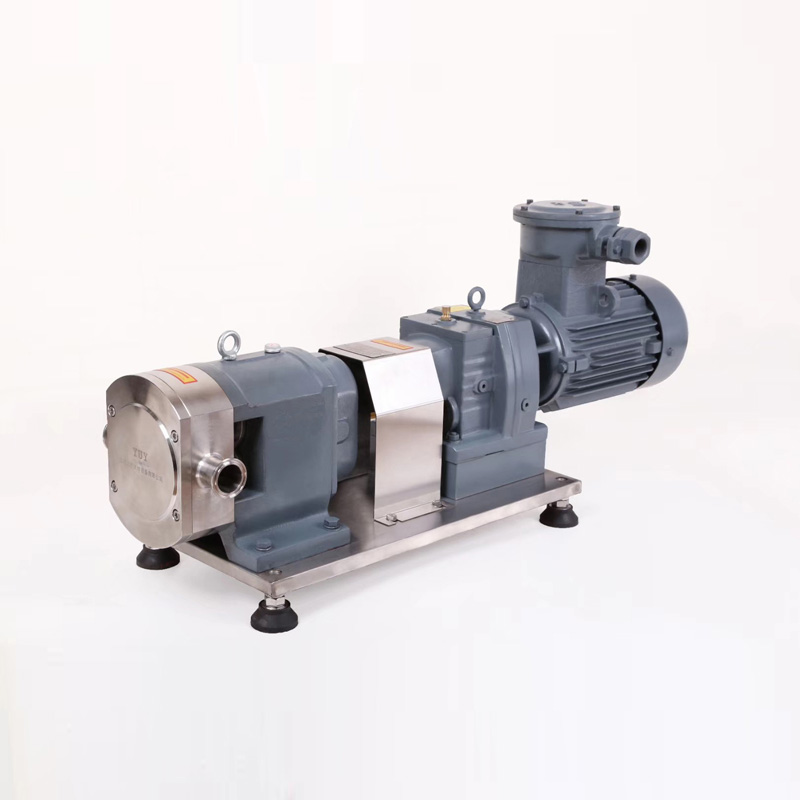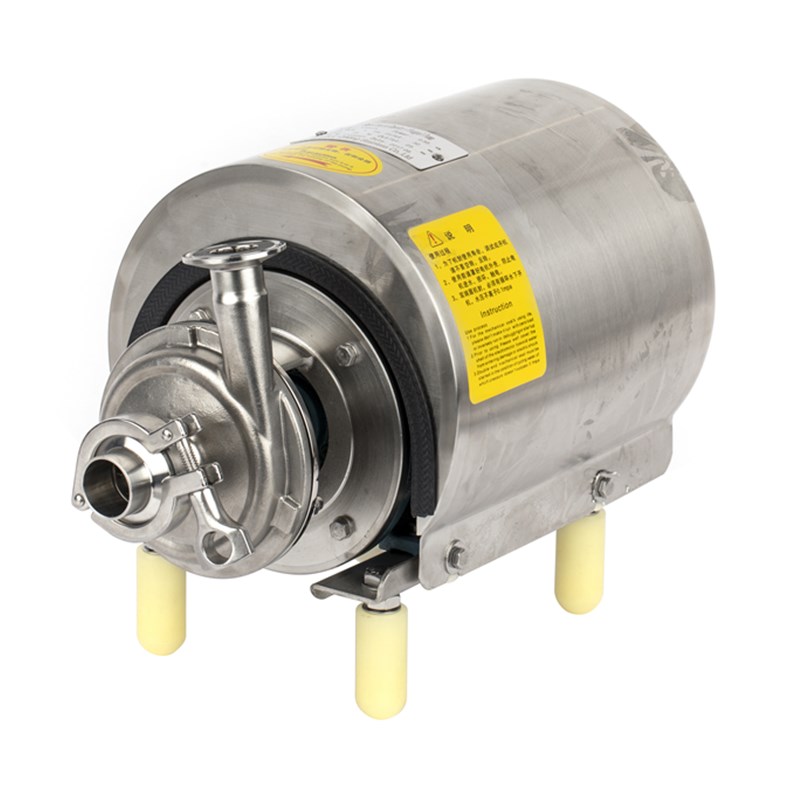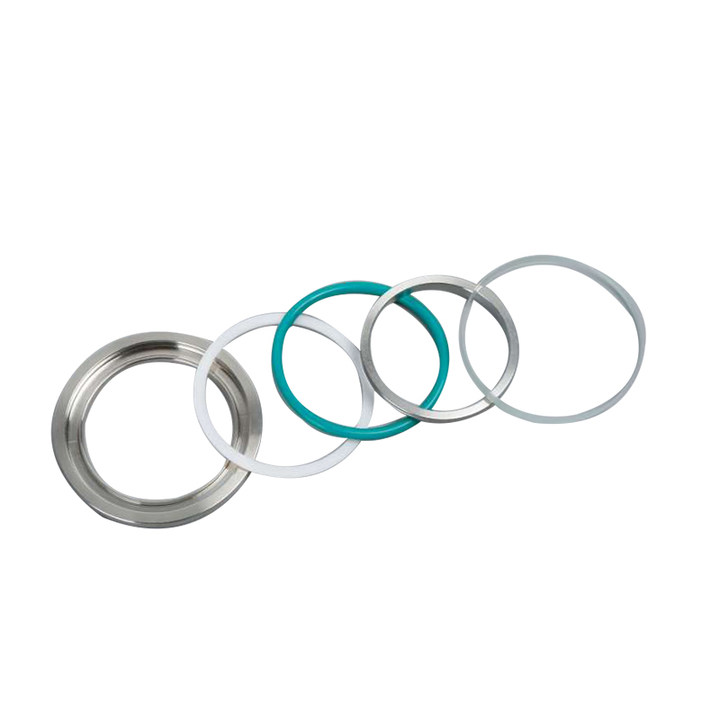What is the Difference Between Sanitary Fittings and Fixtures?

 by admin
by adminAre you confused about the terms “sanitary fittings” and “sanitary fixtures” in plumbing? You're not alone. Many homeowners, DIY enthusiasts, and even professionals often mix up these two essential components of plumbing systems. In this comprehensive guide, we'll break down the key differences between sanitary fittings and fixtures, covering everything from their definitions and functions to types, applications, and maintenance.
1. Definitions
1.1 Sanitary Fittings
These are small, functional components that control fluid flow in plumbing systems. Made of metal (brass, stainless steel) or plastics, they connect pipes, fixtures, and appliances. Examples include valves, couplings, and drain traps, crucial for leak-proof connections and system flexibility.
1.2 Sanitary Fixtures
Large, standalone devices providing sanitation functions. Constructed from durable materials like ceramic or cast iron, fixtures such as toilets, sinks, and bathtubs act as the user interface for water supply and waste disposal.
2. Core Differences
|
Category |
Sanitary Fittings |
Sanitary Fixtures |
|
Function |
Control flow |
Provide user-facing sanitation |
|
Form |
Small, modular |
Large, standalone |
|
Installation |
Intermediate between components |
Fixed to surfaces |
|
Material |
Metals, plastics |
Ceramic, porcelain, cast iron |
3. Types and Applications
|
Type |
Sanitary Fittings Examples |
Sanitary Fixtures Examples |
|
Residential |
Sink P-traps, angle valves |
Toilets, vanity sinks |
|
Commercial |
High-flow valves, backflow preventers |
Urinals, large-capacity sinks |
|
Industrial |
Steam pressure regulators, heavy-duty couplings |
Industrial floor drains, washdown sinks |
4. Standards and Maintenance
Fittings adhere to standards like ISO 6134, focusing on dimensions and materials, while fixtures follow codes such as UPC for water efficiency. Fittings require precise installation and corrosion checks, while fixtures need surface cleaning and seal replacements.
Conclusion
Understanding the difference between sanitary fittings and fixtures is vital for plumbing projects. Fittings manage fluid flow, while fixtures offer user-facing sanitation functions. This knowledge helps with informed decision-making, proper installation, and long-term maintenance.






